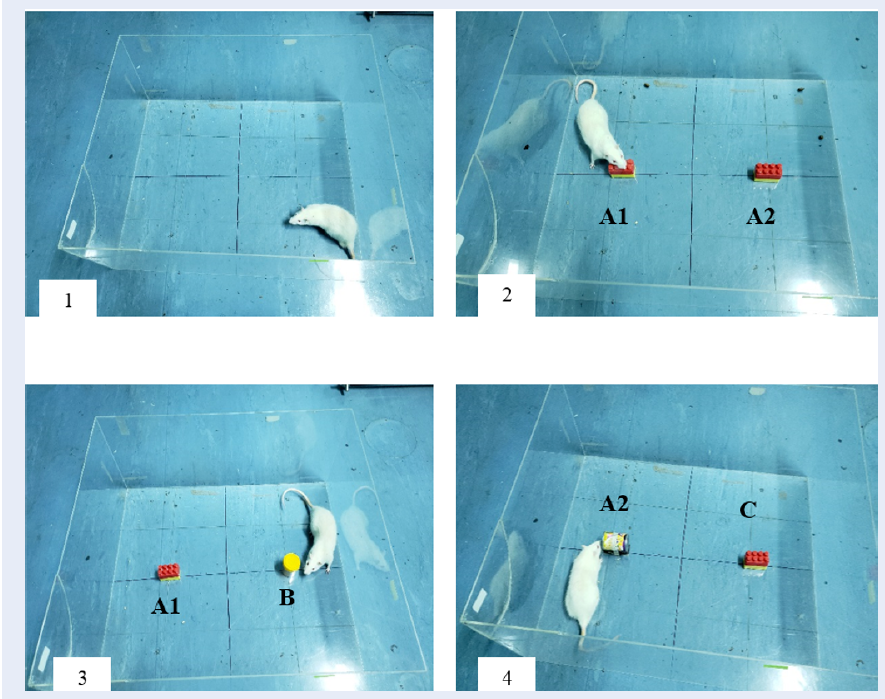Memory-enhancing effects of goat milk in D-galactose-induced aging rat model
DOI:
https://doi.org/10.15419/bmrat.v7i1.583Keywords:
Goat milk, memory, D-galactose, ageingAbstract
Introduction: Aging is a physiological process accompanied by cognitive decline, particularly in memory deterioration. D-galactose is a reducing monosaccharide which, if systemically exposed, causes accelerated senescence in several organs and is widely being used as an ideal agent to induce brain aging in animal models. Goat milk is a food of high nutritional value which has been demonstrated to possess strong antioxidant and anti-inflammatory properties. However, thus far, little is known of its possible effects on the brain, especially on memory during aging. The present study examined the efficiency of goat milk supplementation on memory performance in a D-galactose induced aging rat model.
Methods: Fifty-two male Sprague Dawley rats were randomly divided into four groups: 1) control group, 2) goat milk treated group, 3) D-galactose treated group, and 4) goat milk plus D-galactose treated group. D-galactose (120 mg/kg subcutaneously) and/or goat milk (1 g/kg orally) were administered continuously for six weeks, preceded and followed by novel object recognition and T-maze tests.
Results: Prior to goat milk and D-galactose administration, there was no significant difference (p>0.05) in memory performance among all groups. Six weeks of D-galactose administration significantly decreased (p<0.001) short-term, long-term and spatial memory performance. Goat milk supplementation in the D-galactose induced rats managed to protect against memory decline, as exhibited by significantly higher (p<0.0001) short-term, long-term and spatial memory performance of the D-galactose plus goat milk treated group, compared to the D-galactose treated group.
Conclusion: In conclusion, goat milk possesses memoryenhancing effects and, hence. may be useful in protecting against age-related memory deficits.

Downloads
Published
Issue
Section
License
Copyright The Author(s) 2017. This article is published with open access by BioMedPress. This article is distributed under the terms of the Creative Commons Attribution License (CC-BY 4.0) which permits any use, distribution, and reproduction in any medium, provided the original author(s) and the source are credited.
